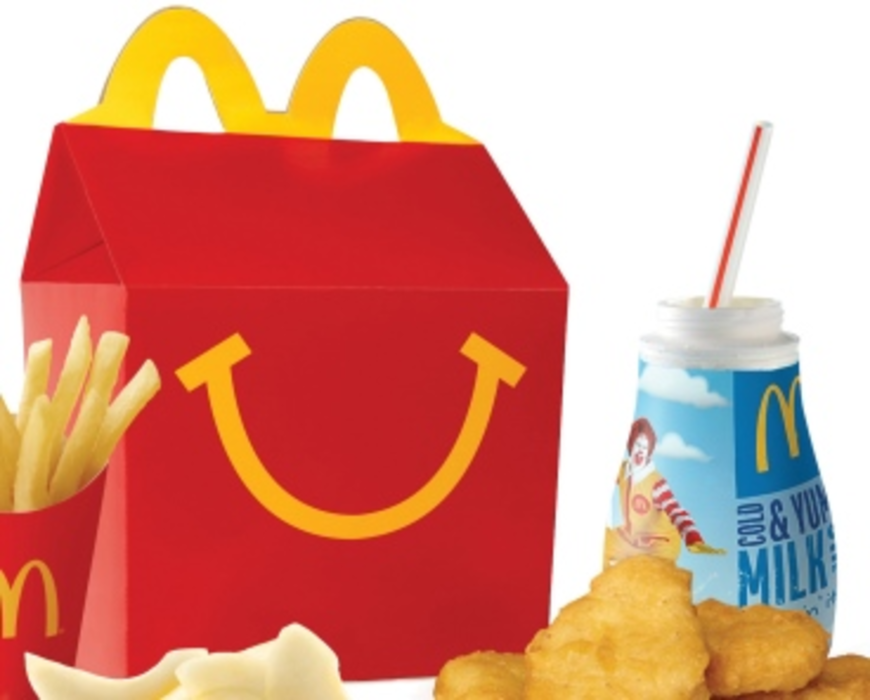My favorite fast food sandwich is the McDonald’s Filet-O-Fish. But when it comes to fast food burgers, the Double Whopper is my choice. (You can tell I’m on a diet, right?) Problem is, I have practically nowhere to go to satisfy my flame-broiled desires in Manhattan. Here in the so-called center of the universe, the King has been deposed by Ronald McDonald. Google “McDonald’s NYC” and the red dots on the map spread like measles from the Battery to the Bronx. Google Burger King and you get a couple of pimples. Cronut shops outnumber BKs three to one in New York.
McDonald’s is one of those few pioneers that created a global industry and stuck around to dominate it for decades. Burger King’s 7,200 U.S. locations are half that of McDonald’s and, in my fair hometown, the Burger Kingdom is barely a duchy. Mickey D’s enjoys hamburger hegemony. Bill DeBlasio, who holds a 50-point lead in the New York City mayoral race, had better keep an eye out for Mayor McCheese, is all I can say.
But will McDominance forever reign? I vote no following last week’s announcement by the chain that it would no longer offer soft drinks with its Happy Meals. In a data-fueled marketing environment that forces companies to expand the choices they offer consumers using readily available knowledge of their individual preferences, McDonald’s has decided to remove choice. Where other companies practice retargeting, McDonald’s practices detargeting. It doesn’t learn what its customers want and direct personalized offers to drive them to its stores to get it. It decides what’s best for the customer and tells her take it or leave it.
McDonald’s action last week flew in the face of its own storied history. It thrived on a culture of grassroots testing that constantly tried new things, but that didn’t roll national with them until customers gave approval. The Big Mac, the McRib, and so many other new products were invented by franchisees, who were allowed to depart from the standard menu to suit local tastes. If they hit a certain sales number, the test was expanded and the item could be elevated to a place on the big menu. For decades, the Happy Meal consisted of a burger (or McNuggets), fries, a toy, and a soft drink in a box—a tried and true formula for the weaning of future customers. As health concerns grew, McDonald’s would add fruit and substitute a water or a juice for the Coke. But it still offered the soda. It presented choice. Now it removes choice.
McDonald’s may have confused health concerns with healthy business practices. The Happy Meal move was made in partnership with the Bill, Hillary & Chelsea Clinton Foundation and the American Heart Association. One of the burger chain’s stated goals is to reduce the beverage calories consumed by children. Again, the company’s data analysis appears off kilter.
A little calculator math done on the McDonald’s nutritional chart quickly reveals the error. The milk and the Minute Maid orange juice the company offers up as soft drink alternatives each pack 12.5 calories per ounce. The pilloried Coke Classic contains only 8.75 calories per ounce, almost a third less. Let’s hope drinking all that milk and juice doesn’t do to the math skills of American children what it did to those of the nutritionists at McDonald’s.
Here in McDonaldsland on the Hudson, kids will have to learn to like their Happy Meals with milk. But if I’m a Burger King franchisee in Omaha or some other Free Burger Zone, I think I’m going to take advantage of some of that newfangled geo-conquesting technology and offer up some choice. “Hey kids,” I’ll text, “Come on over to BK. We got sodas here!”








